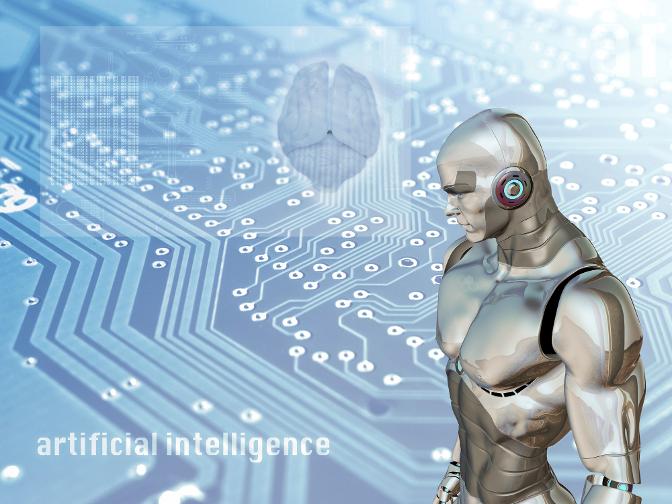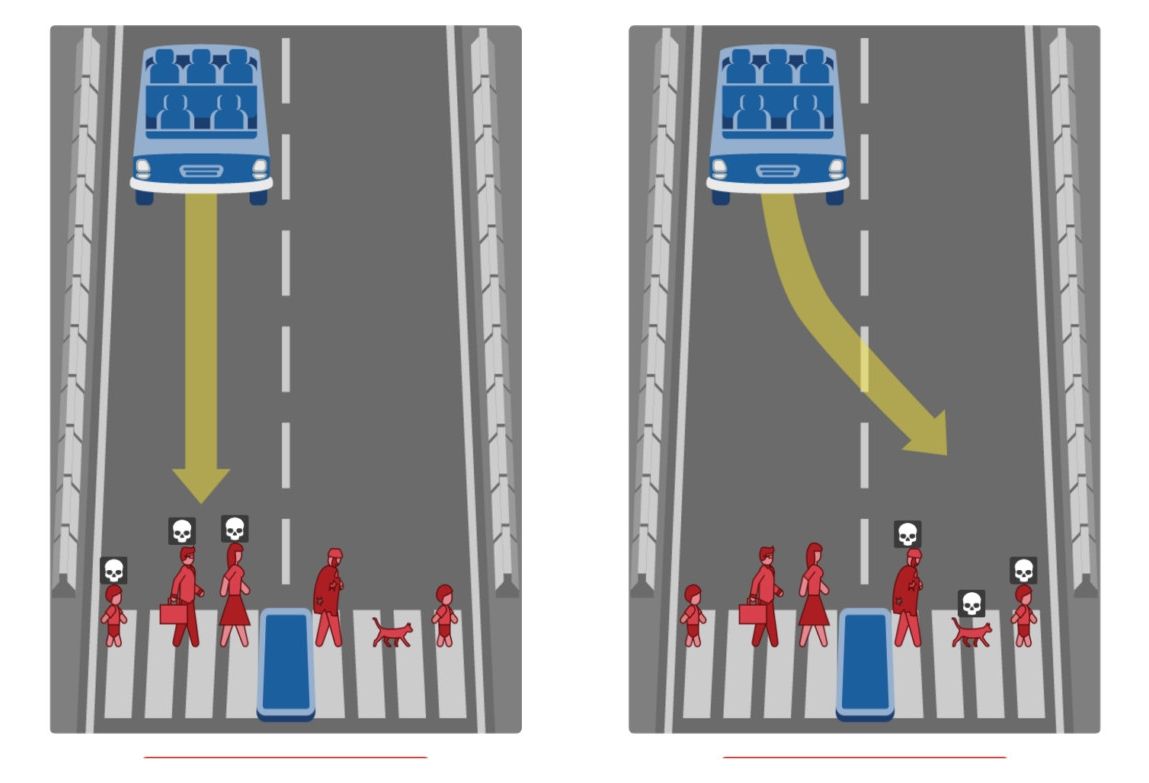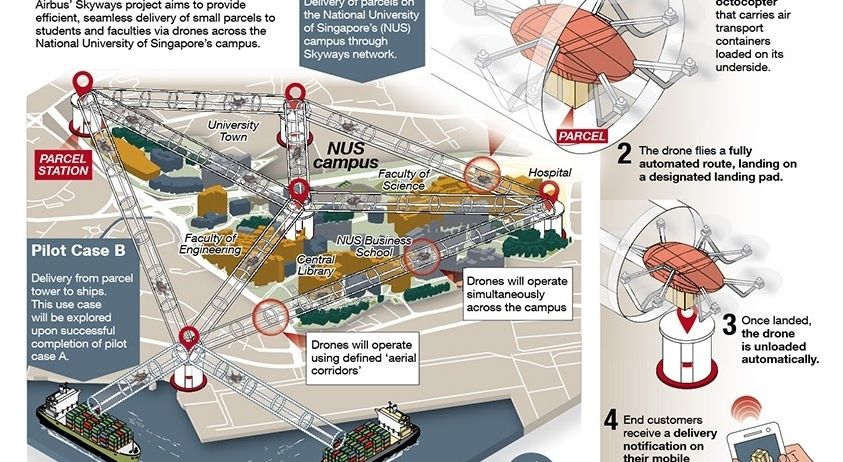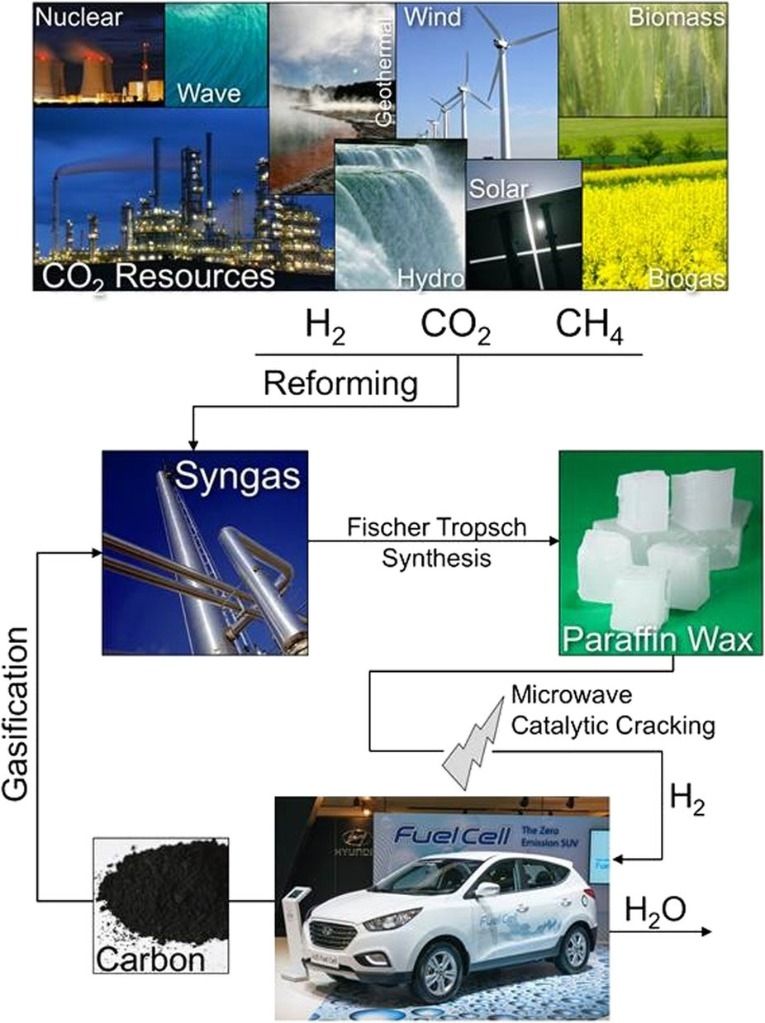Category: transportation – Page 572


Call them ‘electronic persons’ because bots are people too
The proposal primarily budgets for the fact that emerging technologies such as artificial intelligence (AI) and machine learning may mature to surpass human intelligence in the future. Robots’ ability to learn from experience and take independent decisions has made them suitable for human-like interaction with its environment. In future, if a robot commits a mistake or omits a task, authorities should be able to trace back to the manufacturer or owner to check if the robot could have avoided the harmful behaviour. Through this legislation, manufacturers and owners could be held accountable for the machine’s action.
Logic of legislation
While a framework to regulate robotics is essential, the need for one is ‘imminent’ and not ‘immediate’, believes Patrick Schwarzkopf, the head of one of the Germany’s largest industry associations. He said that legislation like this would be needed “in 50 years, but not in 10 years”. A legislative framework around self-driving cars is probably a more immediate need.

MIT’s ‘Moral Machine’ wants you to decide who dies in a self-driving car accident
Yikes!
If there’s an unavoidable accident in a self-driving car, who dies? This is the question researchers at Massachusetts Institute of Technology (MIT) want you to answer in ‘Moral Machine.’
The simplistic website is sort of like the famed ‘Trolley Problem’ on steroids. If you’re unfamiliar, according to Wikipedia, the Trolley Problem is as follows:
There is a runaway trolley barreling down the railway tracks. Ahead, on the tracks, there are five people tied up and unable to move. The trolley is headed straight for them. You are standing some distance off in the train yard, next to a lever. If you pull this lever, the trolley will switch to a different set of tracks. However, you notice that there is one person on the side track. You have two options:

Airbus working on flying cars, flying buses, ridesharing flying vehicles and drone product delivery
Airbus Group plans to test a prototype for a self-piloted flying car as a way of avoiding gridlock on city roads by the end of the year, the aerospace group’s chief executive said on Monday.
Airbus last year formed a division called Urban Air Mobility that is exploring concepts such as a vehicle to transport individuals or a helicopter-style vehicle that can carry multiple riders. The aim would be for people to book the vehicle using an app, similar to car-sharing schemes.
“One hundred years ago, urban transport went underground, now we have the technological wherewithal to go above ground,” Airbus CEO Tom Enders told the DLD digital tech conference in Munich, adding he hoped the Airbus could fly a demonstration vehicle for single-person transport by the end of the year.
Flying car prototype ready
(Reuters) – Airbus Group plans to test a prototype for a self-piloted flying car as a way of avoiding gridlock on city roads by the end of the year, the aerospace group’s chief executive said on Monday.
Airbus last year formed a division called Urban Air Mobility that is exploring concepts such as a vehicle to transport individuals or a helicopter-style vehicle that can carry multiple riders. The aim would be for people to book the vehicle using an app, similar to car-sharing schemes.
“One hundred years ago, urban transport went underground, now we have the technological wherewithal to go above ground,” Airbus CEO Tom Enders told the DLD digital tech conference in Munich, adding he hoped the Airbus could fly a demonstration vehicle for single-person transport by the end of the year.

The Copenhagen Wheel official product release
Pre-order at http://www.superpedestrian.com This is the first commercial version of the Copenhagen Wheel. Now available for sale.
Own a limited edition, hand-crafted Copenhagen Wheel, invented and built in Cambridge, MA.
The Copenhagen wheel Technical specifications:
MOTOR US: 350W / EU: 250W
WEELE SIZE 26″ or 700c rim
BATTERY Removable 48Volt Lithium
CONNECTIVITY Bluetooth 4.0
BATTERY LIFE 1000 cycles
SMARTPHONE OS iOS, Android
CHARGE TIME 4 hours
COMPATIBILITY Single Speed or 9/10 Speed Free Hub (email us your bike specs if you have doubts: [email protected])
TOP SPEED US: 20 mph
EU: 25 km/h
BRAKE TYPE Rim brake and regenerative braking (downhill and back-pedal)
RANGE Up to 50 km / 31 mi
WEIGHT 5.9 kg / 13 lbs
DROPOUT 135 mm
Video:
Directed by : Alon Seifert
Concept & script by Assaf Biderman
Production: papush.net
Supervised by Nili (Onili) Ohayon
Lead Photographer : Frank Sum
Animation director: Omer ben David
Photographers: Danny Dwyer, John David, Habib Yazdi
Additional 3D animation: Yishay Shemesh
Video editor: Alison Mao
Additional Editing: Habib Yazdi
Narration by Andrew Finn Magill
Additional animation: Dan G Windsor
Additional graphic design: Eitan Cohen
Music by The secret project
sound mix by Nili Ohayon
Stills photos and additional production: Dan Mason
Bike Mechanic: Edward Thomas
Riders: Chris Green, Frank, Nili Ohayon, Eli Pe’er
Special thanks to the Superpedestrian Team:
John Ibsen, Basak Ozer, Ruben Cagnie, James Simard, Julian Fong, Eric Barber, Jon Stevens, Nili Ohayon, Jeanne Dasaro and of course: Assaf Biderman. Extra thanks to Chris Green for script assistance.
Special Thanks to Harris bicycle Shop in Newton MA.


Making hydrogen from wax
This publication suggests that wax could be carried on vehicles and used to create hydrogen gas in situ, the waste carbon being used to make more wax via syngas production and the Fischer-Tropsch process, where carbon monoxide and hydrogen is converted into hydrocarbons as a potential source of petro-chemicals that does not involve releasing fossil carbon into the atmosphere. While this publication is still a long way from a working industrial-scale process, it offers a very hopeful potential avenue for less-polluting technology.
Philip recently attended an event for other Oxford University chemistry alumni, and one of the speakers drew attention to a recent publication from, among others, Oxford chemists, regarding the production of hydrogen from paraffin waxes by microwave degradation using a ruthenium catalyst.
Hydrogen has often been suggested as an environmentally-friendly replacement energy source for fossil fuels in transport vehicles and other applications requiring high energy density. (Note that hydrogen is not a “fuel”, as it must be made using energy from other sources, which can be environmentally-friendly or not.) However, there are significant problems with this, notably involving the safe storage of a highly-inflammable and explosive gas which is much lighter than air.

